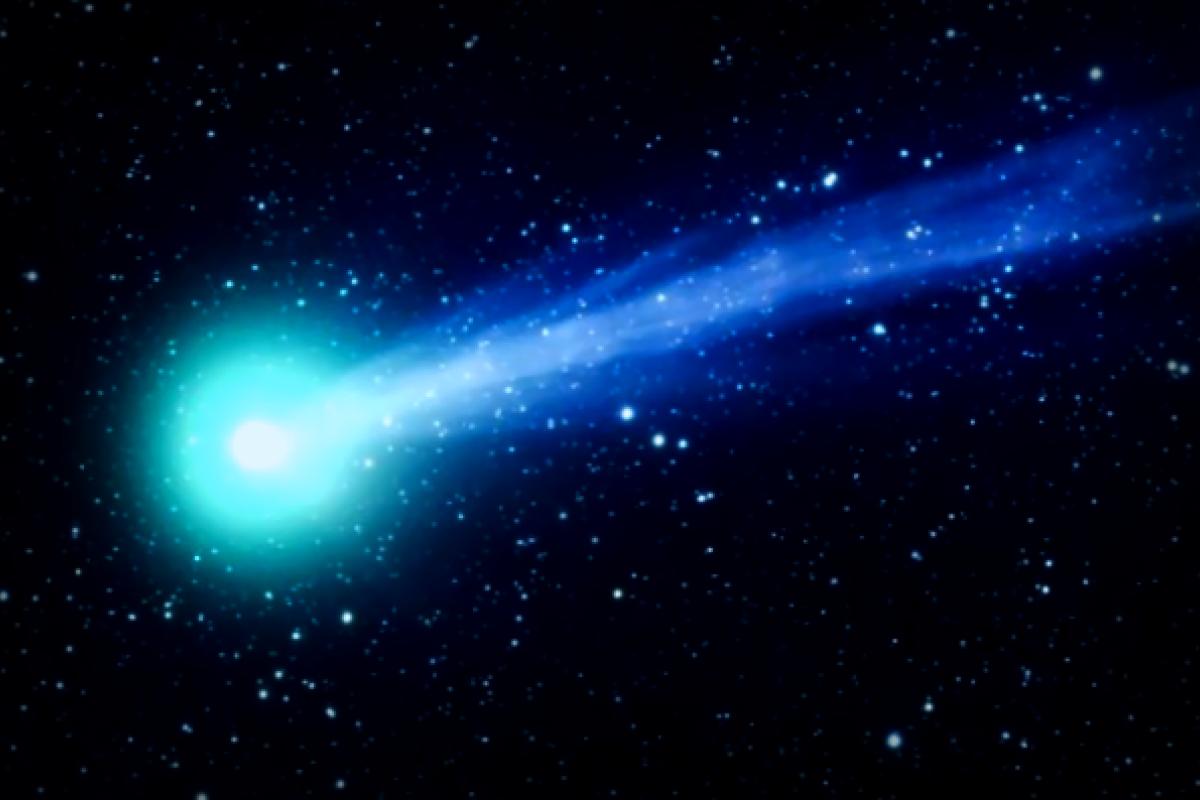Photos of the interstellar comet 3I/ATLAS captured during the total lunar eclipse on September 7 have ignited curiosity among scientists as the comet appears to radiate a green glow.
This isn’t entirely uncommon for comets, as many in our Solar System exhibit a similar hue when they heat up enough to release vapor. However, the case of 3I/ATLAS is strikingly different. Current studies suggest that the comet displays minimal traces of dicarbon (C2), the molecule typically responsible for a comet’s vibrant glow.
This hints at a couple of possibilities: maybe the C2 is present but hasn’t been observable yet, or some other compound may be accounting for the comet’s greenish appearance. Accordingly, 3I/ATLAS still holds onto secrets that scientists are eager to flush out.
Related:New Images Reveal 3I/ATLAS’s Tail Development
The photos were taken by astrophotographers Gerald Rhemann and Michael Jäger in Namibia during the total lunar eclipse that lit up the sky on the night of September 7, 2025.
As this comet edges closer to the Sun, the icy material surrounding its rocky center starts to vaporize, forming a gas halo known as a coma. Solar radiation stimulates the molecules within this gas, causing them to fluoresce and emit light across various wavelengths in the visible spectrum.
From observations made by the JWST, scientists have discovered that 3I/ATLAS has an unusually high proportion of carbon dioxide. There’s also evidence pointing to the presence of nickel and cyanogen. However, these molecules don’t typically trigger the green glow of comets, and so far, the elusive compounds responsible for this striking color remain undetected.
It gets even more intriguing! A recent preprint by researcher Luis Salazar Manzano from the University of Michigan hints that the early detection of cyanogen actually suggests a considerable lack of carbon-chain molecules, including both C2 and C3.
Manzano and their team state, “Our upper limit on the C2-to-CN ratio puts 3I/ATLAS among the comets that are most depleted in carbon chains known to date.” This only adds to the comet’s enigma, suggesting there’s much to learn.
Let’s keep our fingers crossed that scientists can gather enough information to decode this puzzle when the comet makes its closest approach to Earth this December.





















